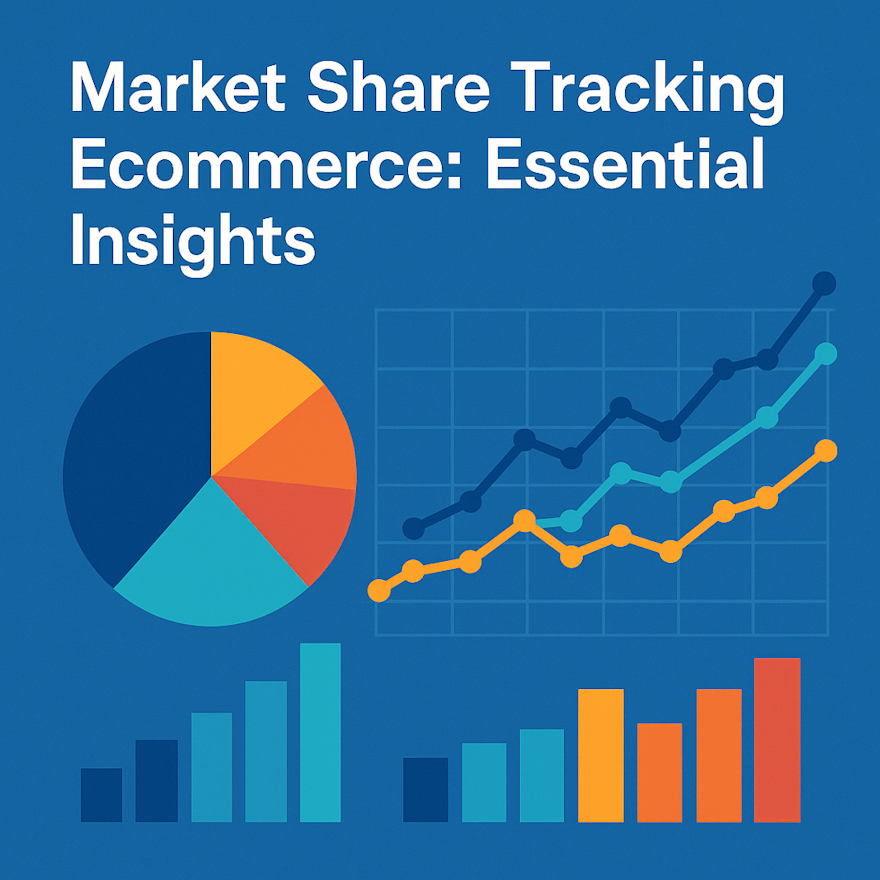In today’s fast-moving e-commerce landscape, understanding your position relative to competitors is no longer optional—it’s essential. Market share tracking provides visibility into how your brand stacks up against others, revealing trends, forecasting growth opportunities, and guiding smarter strategy.
At its core, market share tracking analyzes sales data to calculate what portion of an industry’s total sales a brand earns. In Southeast Asia, where platforms like Shopee, Tokopedia, Lazada, and now TikTok dominate, tracking market share has become a cornerstone of competitive e-commerce management.
Benefits of Tracking Market Share
Market share tracking is more than just measuring performance—it’s about turning insights into strategic action. By understanding how your brand compares to competitors, you can make sharper decisions, allocate resources effectively, and uncover new growth opportunities.
Data-Driven Decisions
Market share insights power evidence-based strategy. Instead of relying on intuition, brand managers can adapt quickly to shifts in consumer demand and competitive dynamics.
A nutrition brand might use market share data to confirm growth pockets in functional beverages and launch innovations accordingly.
A cosmetics brand could track share shifts by channel, signaling whether to double down on TikTok Shop, Lazada, or other emerging outlets.
Tools for Market Share Tracking
Brands have more tools than ever to track and analyze share effectively:
Google Analytics – Monitor website traffic and conversion paths to understand how online presence influences share.
SEMrush – Benchmark competitor visibility and identify industry trends.
MagpieIQ – Purpose-built for e-commerce brands, offering market share tracking, merchant insights, price intelligence, and counterfeit monitoring to deliver actionable intelligence.
Together, these tools give brands a 360-degree view of their position in the market.
Brand Use Cases
Godrej
By tracking competitors’ market share, Godrej uncovers new product opportunities. For instance, identifying rapid growth in categories like natural hair care can inform product development, ensuring innovations align directly with what the market is buying.
Lazada
Lazada uses market share insights as internal benchmarks to grow categories. By measuring their share against rival platforms and category leaders, they set clear targets for expansion and resource allocation across beauty, FMCG, and electronics.
Regional FMCG Brand
A leading FMCG player leverages market share—especially merchant-level insights—to expand its online retail network. By knowing which merchants command the highest share, the brand ensures it partners with the most effective e-commerce sellers in each country, driving reach and sustainable growth.
Conclusion
Market share tracking is not just about reporting numbers—it’s about shaping strategy and driving growth. It reveals competitive position, highlights innovation opportunities, and ensures brand resources are aligned with the right categories, channels, and merchant partners.
Brands like Godrej, Lazada, and leading FMCG players show how market share insights can power smarter product development, stronger category expansion, and more effective retail partnerships.
With new entrants like TikTok redefining how consumers shop online, the importance of tracking market share has never been greater.
Stay ahead of competitors and protect your brand equity. Request a demo with MagpieIQ today to unlock market share insights tailored for your business.

